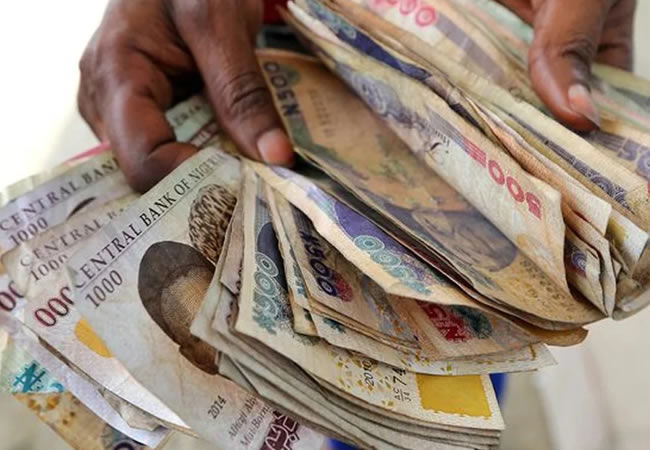A decrease in the amount of liquidity in the financial system caused the short-term benchmark interest rates to close on a mixed note in the money market. Due to the massive Federal Accounts Allocation Committee credits, coupon payments, and the inflow of funds from maturing instruments, funding rates have decreased during the last week.
Yesterday’s opening system liquidity was roughly 21.37% lower than the balance from the day before. Despite inflows of about N45 billion from matured OMO bills, the balance fell.
On the other hand, the overnight lending rate rose by 10bps to 25.90%, while the open repo rate (OPR) decreased by 5bps to 25.35%. AIICO Capital Limited analysts predict that interbank rates will remain steady on Wednesday.
In July, financial system liquidity was negative for most of the month, especially during the first three weeks. The shortage was caused by cash reserve debits on banks, FX settlements, and other outflows.
Toward the end of the month, analysts said inflows from the monthly FAAC disbursement and bond coupon improved the liquidity balance, resulting in the system ending July with a positive balance of ₦635.58 billion.
This was an increase when compared with ₦514.17 billion recorded at the end of June 2024. Last week, the overnight rate contracted by 60 basis points to 26.1%, driven by the still saturated liquidity in the financial system. Repo rate also declined t0 25%.
Consequently, DMBs sterilised excess cash at the CBN’s Standing Deposit Facility (total: N1.92 trillion), causing the average liquidity for the week to settle at a net short position of N132.33 billion.












